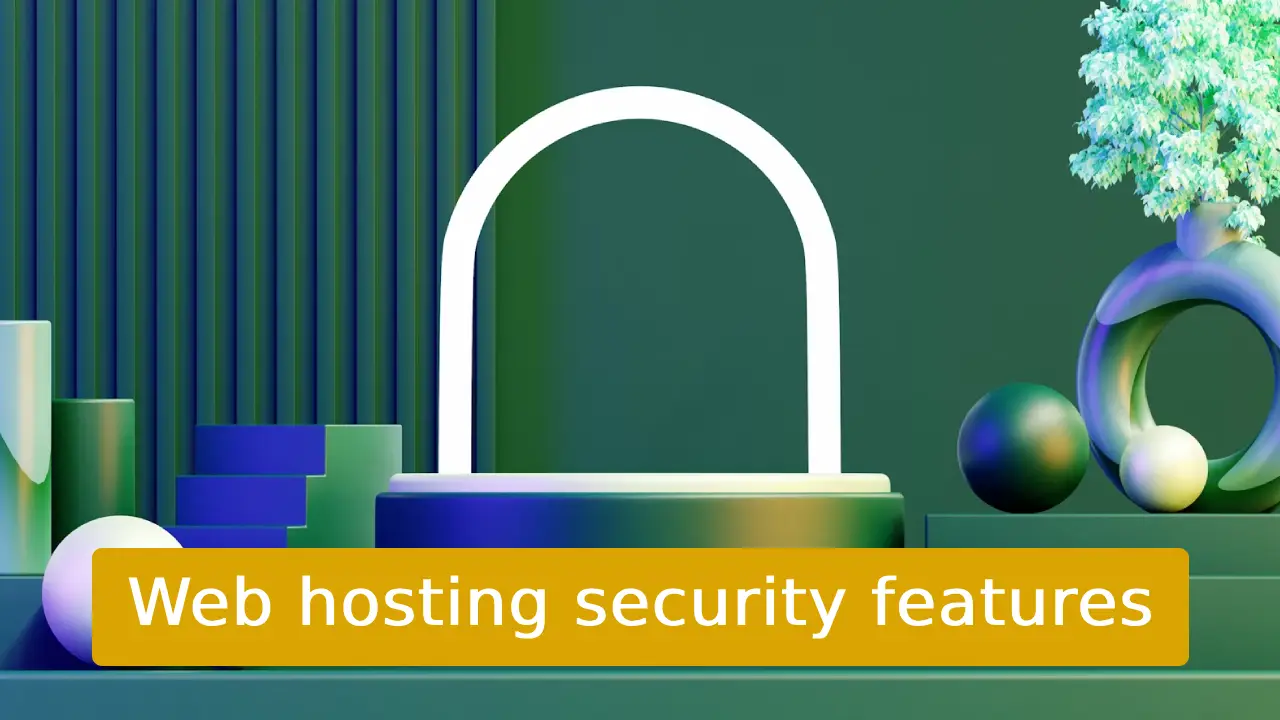Web hosting security features form the bedrock of your site’s defense against cyber threats. Ignoring them is like leaving your front door unlocked in a busy neighborhood. From SSL encryption to DDoS protection, these tools work tirelessly to block hackers, safeguard data, and ensure your site stays online. Whether you’re launching a blog or an e-commerce store, robust security isn’t optional—it’s mission-critical. Here’s what you need to prioritize from day one.
Why Web Hosting Security Features Are Non-Negotiable
Every 39 seconds, a cyberattack occurs. Without essential hosting security, your site becomes low-hanging fruit for hackers. A single breach can destroy customer trust, tank SEO rankings, and cost thousands in recovery. Secure hosting isn’t just about technology—it’s about protecting your reputation.
7 Core Web Hosting Security Features You Can’t Ignore
1. SSL/TLS Certificates: Your First Line of Defense
An SSL certificate encrypts data between users and your server. Look for free Let’s Encrypt integration or wildcard SSL options. Sites without SSL display “Not Secure” warnings—a guaranteed visitor deterrent.
2. Web Application Firewall (WAF): The Digital Bouncer
A WAF filters malicious traffic before it reaches your site. It blocks SQL injections, cross-site scripting (XSS), and other OWASP Top 10 threats. Cloudflare’s WAF is a gold standard implementation.
3. Malware Scanning & Automatic Removal
Real-time scans detect malware, spyware, and trojans. Top hosts like SiteGround offer automated removal, eliminating infected files without manual intervention. Schedule daily scans for maximum safety.
4. DDoS Protection: The Traffic Floodgate
Distributed Denial-of-Service (DDoS) attacks overwhelm servers with fake traffic. Scalable solutions like AWS Shield automatically divert malicious bots, keeping your site accessible during attacks.
5. Automated Backups: Your Disaster Recovery Plan
Choose hosts providing daily backups with 1-click restoration. Store backups offsite (e.g., Amazon S3) and test recovery monthly. Never rely on “manual” backup options—automation is key.
6. Server Hardening & SFTP Access
Server security hosting involves OS patching, PHP updates, and SSH key authentication. SFTP (Secure File Transfer Protocol) encrypts file transfers, unlike vulnerable FTP.
7. Brute Force Attack Protection
Limit login attempts and implement two-factor authentication (2FA). Tools like Imunify360 blacklist IPs after repeated failed logins, blocking credential-stuffing bots.
Beyond Basics: Advanced Security Upgrades
- Security Monitoring: 24/7 threat detection with alerts via SMS or email.
- Isolated Containers: Hosts like Liquid Web cage applications to prevent cross-site contamination.
- ModSecurity Rulesets: Customize WAF rules to match your CMS (WordPress, Joomla, etc.).
Choosing Secure Web Hosting Providers
Prioritize hosts with:
- SOC 2 compliance audits
- PCI-DSS certification for e-commerce
- Physical data center security (biometrics, guards)
Top picks: DreamHost (auto-updates), A2 Hosting (free HackScan), and Kinsta (Google Cloud infrastructure).
Web Hosting Security Best Practices
- Patch Religiously: Enable auto-updates for OS, CMS, and plugins.
- Permission Lockdown: Restrict file access to 644 (files) and 755 (folders).
- Monitor Blacklists: Use MXToolbox to check if your IP is flagged.
- CDN Integration: Cloudflare or Sucuri adds an extra security layer.
Security Is a Journey
Web hosting security features evolve as threats advance. Partner with providers offering proactive updates and transparent incident reports. Remember, 95% of breaches stem from human error—pair tech with team training. Start with these 7 features, audit quarterly, and sleep soundly knowing your site isn’t an easy target.

